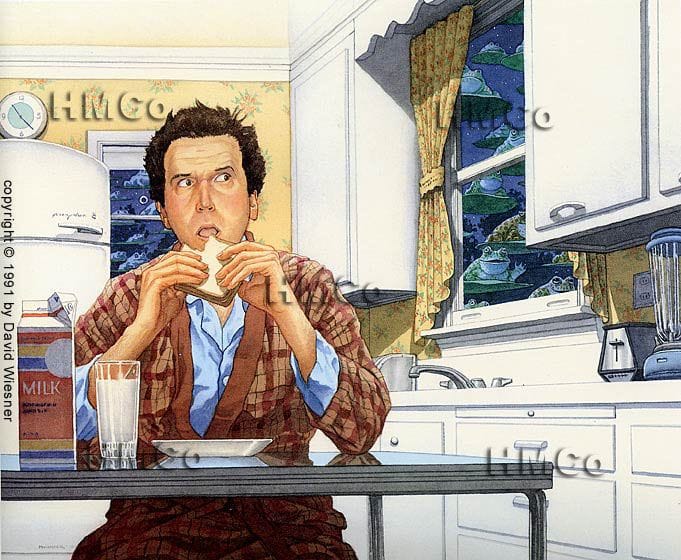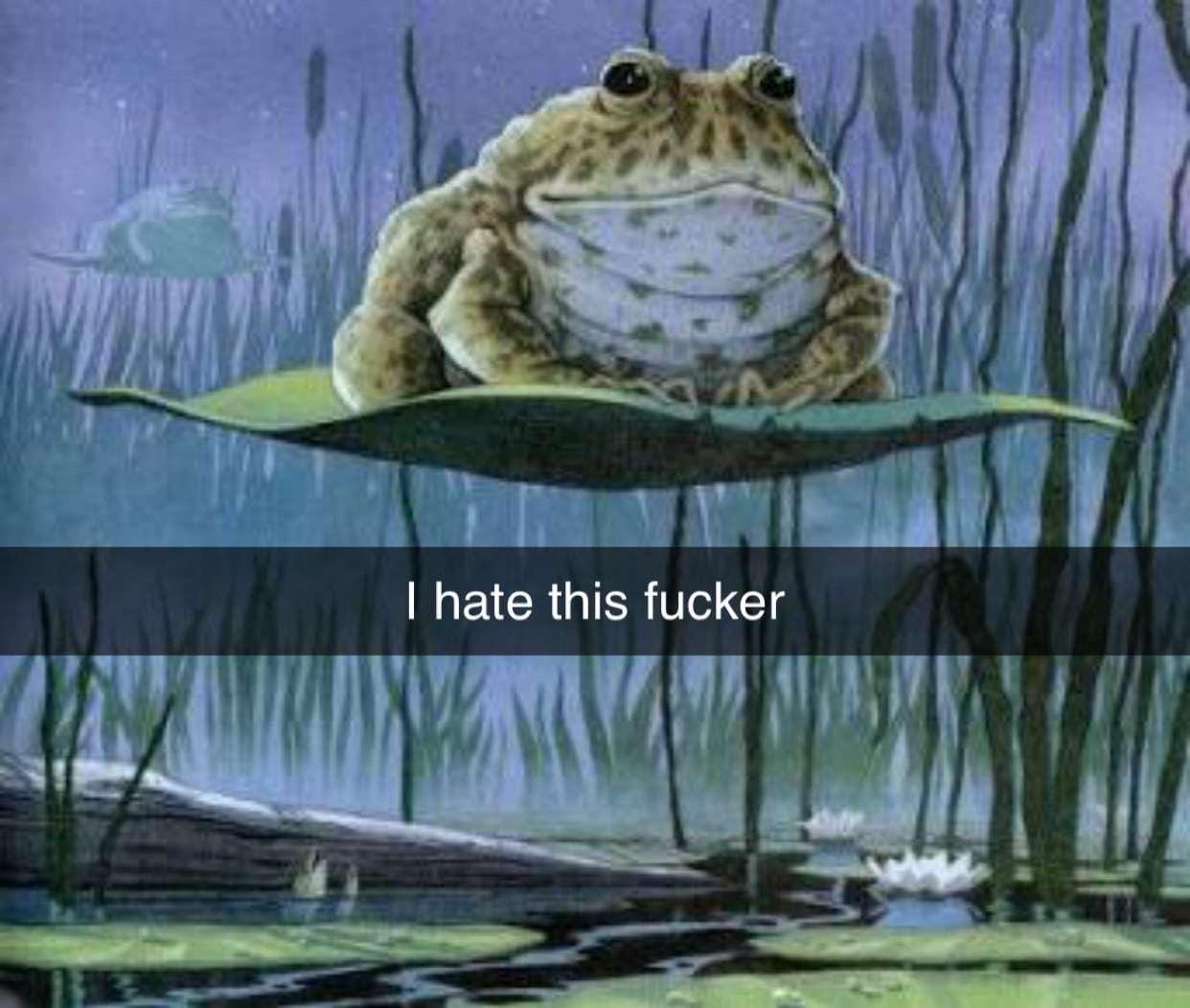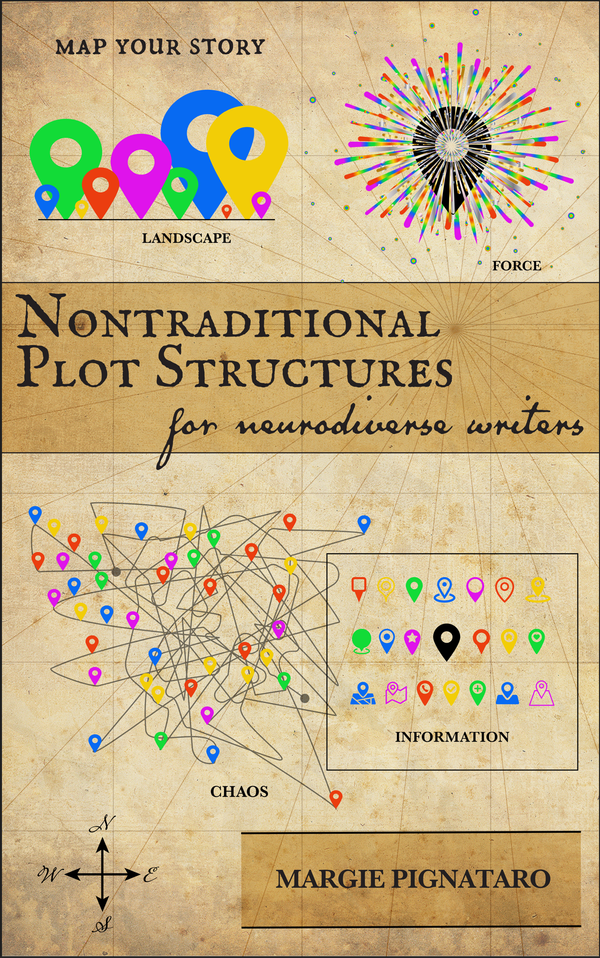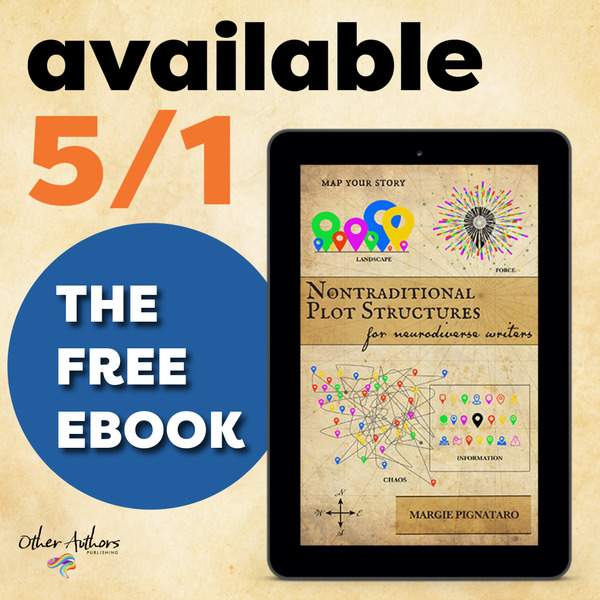Autism Assessments Test for Nontraditional Storytelling Skills

I underwent autism and ADHD assessment in early 2024. The doctor administering the assessment gave me a task: tell a story using the images from David Wiesner's book Tuesday.
This YouTube video is a nice montage of the pages.
There are images of frogs floating into a town on lily pads, going into houses, and the police showing up to investigate. There are no words. I had absolutely no idea what this was testing.
My first reaction was, I got this. I have an MFA in playwriting. I've written hundreds of pages of stories. I asked if I could look through the book first, to get an understanding of what would be coming. I thought this would give me an advantage. My doctor said I could. I went through the book carefully. I analyzed the images quickly, looking for setting, character, and plot.

When I was ready I told my story. I fucking bombed it. I have never felt so dumb, helpless, and intellectually stifled. I was embarrassed and humiliated.
The first few images were pretty easy: an invasion by aliens. Not the most creative beginning, but I felt going with easy was better than trying for a Pulitzer.
After going through a few pages, I had nothing. I found myself describing the images, unable to tie anything together into a coherent narrative. I had no fucking idea what I was talking about.
How could I not tell a story? How could I get so lost so quickly? These flying frogs defeated me. My mind blanked. Now I can't look at the images without feeling mild repulsion and frustration.
Of course, I "passed" the test. I have level one autism. This wasn't reassuring, however, because I still have that master's degree and I still write fiction and I still couldn't tell a story.
I have been contemplating whether or not I can write at all. Is my brain incapable of thinking like a storyteller? Has all of this been self-delusion? Yes, I have a master's degree, but, honestly, it's not difficult to get a master's degree if you really want a master's degree.

I recently finished my free ebook, Nontraditional Plot Structures for Neurodiverse Writers. Somehow, I forgot about the flying frog test. Now that the hoopla of finishing the book is done, I can think about other stuff. I randomly remembered the test and had a massive, "Oh fuck!" moment.
The flying frog test is assessing nontraditional storytelling skills.
I found the article "Semantic-Pragmatic Impairment in the Narratives of Children With Autism Spectrum Disorders" from the December 11, 2019 issue of the journal Frontiers in Psychology. It is about a study utilizing Tuesday and testing both autistic and neurotypical children (it's important to note that all of the children were boys). From the abstract (emphasis mine):
The semantic-pragmatic analysis included measures of: story details (characters, setting, objects, and actions), central ideas, evaluative comments, and unrelated text. Results showed that the narratives produced by children with ASD included fewer central ideas, and fewer settings, characters, and actions, but not objects, as compared with the narratives produced by their TD peers... Taken together, as a group, these findings point to a semantic-pragmatic impairment in ASD.
First of all, what is a semantic-pragmatic impairment? I found this lovely information sheet by the Cambian Group about semantic-pragmatic disorder, which, I assume, is a much stronger version than an "impairment". It explains the disorder in this way:
Semantic Pragmatic Disorder is a communication disorder (semantic = the relationship between words or sentences and their meanings; pragmatic = making language work in context). It is believed that people with SPD are unable to process all the given information from certain situations.
I find all of this disquieting. This study, and all other assessment tests using Tuesday, are using as a storytelling paradigm traditional plot structures. By that I mean, psychologically realistic characters who have goals, meaningful actions that have a cause and effect structure. There is a begining, middle, and ending.
This isn't the only way to tell a story, yet the study and assessment tests are using this format to measure the storytelling abilities and cognitive "impairments" of autistic individuals.
Do autistic individuals have trouble in social situations, understanding loaded questions, sarcasm, jokes? Yes. Is this a problem? Yes, but only if you believe and enforce that society must be conducted, that our lives must be lived, according to a neurotypical paradigm.
These aren't impairments nor problems. There is more than one way to live our lives, and the neurotypical culture isn't necessarily the best nor healthiest.
There are different ways to live and different ways to tell a story.
The Object Plot Structure
The stories told by the autistic children had less "central ideas, and fewer settings, characters, and actions, but not objects" as compared to the neurotypical children.
The results gleaned about objects is fascinating. Here's the full quote (emphasis mine):
First, the basic story details, including settings, objects, characters, and actions...were analyzed. The total number of details mentioned in the narratives for each category was compared...Examining the specific variables revealed that for the number of settings, characters and actions, the TD group included significantly more details than the ASD group. No significant group difference was found for the number of objects.
This is incredible from a storytelling standpoint. Autistic children (and presumably adults) see objects, in a storytelling format, no differently than neurotypical children.
In my free ebook, I discuss several nontraditional plot structures that, I believe, from personal experience, to be more comfortable than a traditional structure.
The traditional structure in question, as described in the autism assessment, is the Journey structure. It is the predominant plot structure in media today and taught in universities, creative writing classes, and creative writing books as the best and most accessible. From my ebook:
- It has a beginning, middle, and end.
- It is closely aligned with Realism and seeks to create a mirror or museum-quality image of the world.
- There is an inciting incident that begins the events of the story. This event pushes the “world” out of equilibrium.
- The story follows a hero who must achieve a goal of high stakes. This goal must be difficult and solid. We must be able to know clearly and obviously when the hero has achieved the goal.
- The hero will face obstacles, set backs, even weakness. At some point, the hero will undergo a crisis and question everything.
- Characters around the hero assume a pyramid like structure of importance; those of lesser importance tend to be flat and not important enough to pay attention to.
- Characters appear in the story to help or hinder the hero’s goal.
- All actions have meaning. Everything that is happening has an overarching meaning.
- It has a beginning, middle, and an end. It is closely aligned with Realism.
- At the climax, everything changes. The hero could fulfill their goal or not. Everything that will happen after this point is entirely different than what came before.
- After the Hero achieves the goal, all final questions are answered.
The world is again in a state of equilibrium.
The book describes 12 additional plots that deviate from this Journey structure. One of these structures I call Object.

From the ebook:
The diagram [above] has four location points in separate boxes. All four boxes are in one box. This creates a collection of points. We observe the collection as one piece comprised of individual pieces. We can look at each piece in contrast to the others. We can form opinions about the arrangement and how that creates its own effect. We can look at the spacing, the choice of colors, thinness of the lines, etc.
An Object plot is essentially a collection. It can also be a single object, such as Marcel Duchamp’s urinal.
The drama that we experience with objects is profound. We can and do experience the events in our lives as objects. And objects can, in themselves, be characters.
The most common version of an Object plot is an anthology. An anthology of poetry or stories has an overarching plan or idea that binds them together. Each poem or story is an object that can individually stand on its own. Together, the phenomenon of Emergence creates something new.
Creating a text that is a bound collection of objects feels and is much easier to write than plotting out a story based on social interactions and psychologically complex characters. I have written five Object structured texts, three of which were produced, and one being my MFA thesis play.
Most recently, a friend pointed me in the direction of the novel 253. It is an interactive, hypertext novel. There are 253 characters riding the Tube in London. Each character has a "outward appearance", "inside information", and "what [they are] doing or thinking".
Readers may click on individual passengers in any order they wish, thereby constructing a unique novel.
According to ChatGPT, the number of individual novels that a reader can create is...
253!≈1.45×10^505
That’s a 1 followed by 505 zeros, far beyond what could be represented or stored directly by most computers.
Each character is an object that divides into three more objects. The descriptions are very brief and would appeal to those with ADHD and lower attention spans. It certainly does to my ADHD.
I don't know if the author of 253 is neurodivergent and it doesn't actually matter. Neurotypical authors could write this just as well, as, according to the flying frog test, they have the same ability to detect objects in the story. Perhaps neurodiverse authors, lacking the emphasis on character, setting, and actions, make objects a natural priority and focus.
To swing back around to my existential creative crisis, yes, I can write. I am a writer. I can write Journey plots. I do know what I'm doing. The MFA is legit. Technically, I am a "master".
But it isn't easy. Thinking about a Journey plot is very uncomfortable. Having the patience to work through one feels unnatural. I think of characters is little bursts. I gravitate towards smashing texts together. I find metaphors supremely important to explore on their own (i.e. my ebook) as little literary sculptures.
I'm more apt to abandon a Journey plotted story than one plotted with Objects, or any of the other plot structures I discuss in my ebook. I love writing the beginnings of stories because all of the information is set out, like laying a dinner table. I don't foresee endings; they make no intellectual or emotional sense to me. Why would anyone want a dinner party to end?
I highly doubt that I'm unique with these feelings or ideas. If you feel the same, please comment below. I'd love to discuss your experiences writing.


